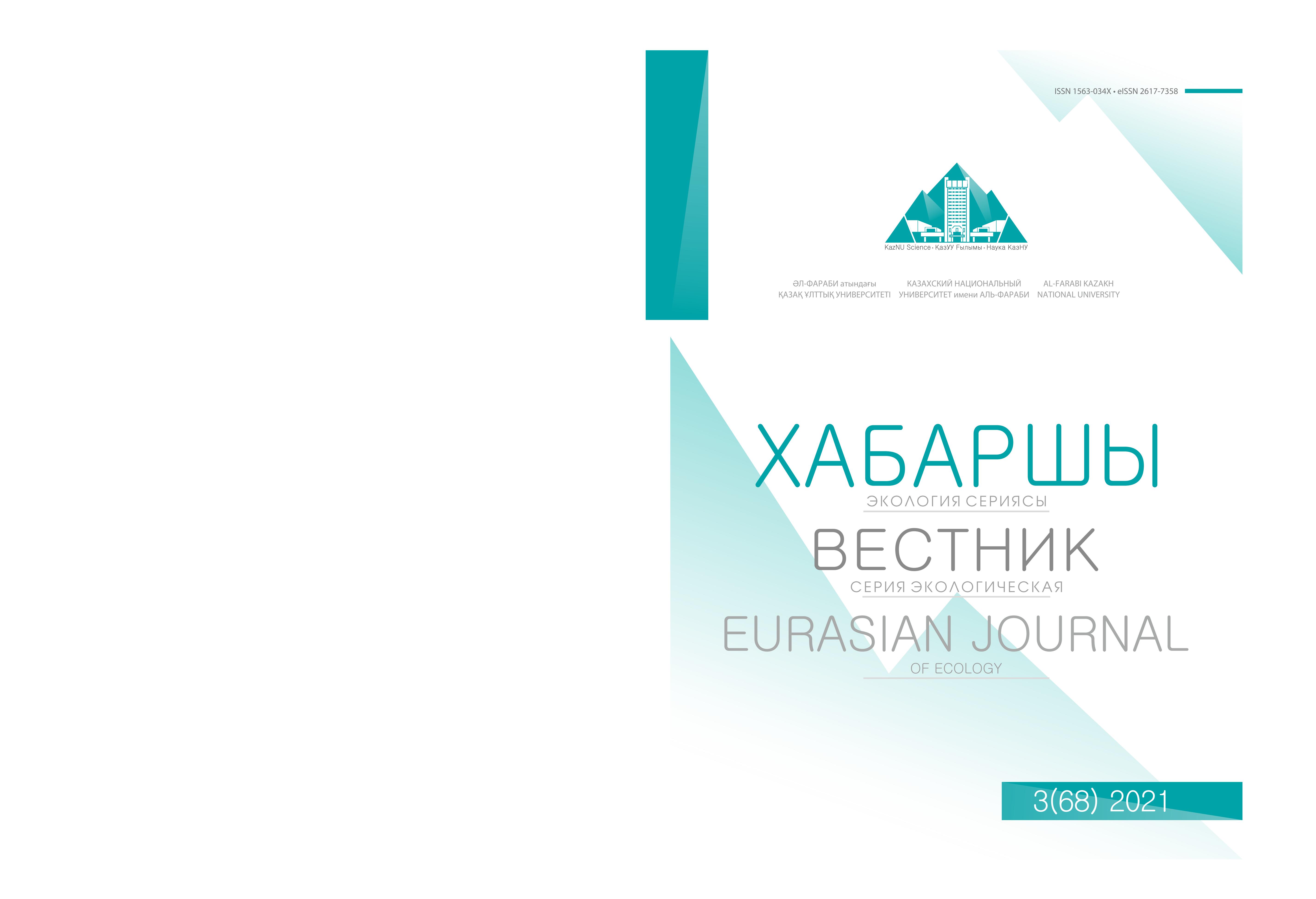Influence of hydrocarbon pollution on the structure of the microbial community of soils of the Zaburunye deposit
DOI:
https://doi.org/10.26577/EJE.2021.v68.i3.01Abstract
This article presents the results of determining the microorganisms number in contaminated soil samples from Zaburunye field. This study is devoted to the study of the soil microbial community as a result of the inhibitory effect of hydrocarbon pollution. The relationship between hydrocarbons and the number of ecological and physiological groups of microorganisms was assessed using soil samples with different contamination levels. To study the number of microorganisms, several soil samples (heavily contaminated and slightly contaminated) from Zaburunye field were used. The number of ecological and physiological groups of microorganisms is considered as an important indicator of the soil biological activity, which is influenced by oil pollution. Thus, the results showed that hydrocarbon pollution inhibited the number of microorganisms in soil samples with a degree of hydrocarbon pollution from 22560 ± 28.8 to 33265 ± 19.8 mg/kg soil. A relatively high number of all ecological and physiological groups was noted in all soil samples with a low content of hydrocarbons. Thus, the number on Starch-ammonia Agar was 138.6 ± 8.91 thousand CFU / g soil, and on Nutrient Agar 98.6 ± 2.23 thousand CFU / g soil. The selective effect of oil on the structure of the microbial community of Zaburunye field soils is expressed in the fact that the number of microorganisms is not significantly high in the contaminated soils.
Key words: oil, soil, number of microorganisms, bacteria, actinobacteria, micromycetes, hydrocarbon – oxidizing microorganisms.




